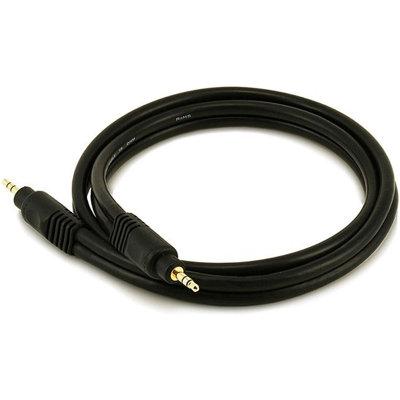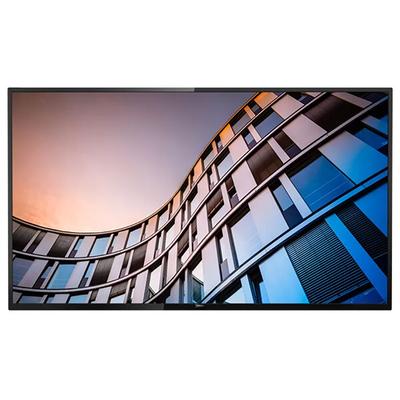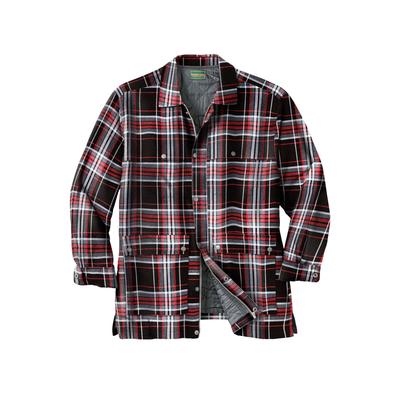A brief timeline of cameras and camcorders

The word resulted from the fusion of the camera recorders Cam (era-re) corders to become camcorders. Camcorders, evidently, benefitted from the camera at least for the front end. Development of digital and information technologies were certainly beneficial. American inventor Jerome H. Lemelson, applied for patent for a handheld camcorder in 1977, and it was rejected on the grounds that is not possible to make one as he suggested. The rejection only spurred him to intensify his efforts to prove himself right and the patent office wrong. In 1982, he introduced his hand-held device capable of recording both video and voice months before anybody else and the first handheld camcorder was born under the able aegis of JVC. It took Sony several months more to come up with their competing product, the Betacam.
With the miniaturization of hardware, the equipment became more portable. BMC 100 was the Beta Movie video camera incorporating the Beta system deck enabling the provision of a camera and a recorder in a single unit. The elimination of the long cables connecting the camera and the recorder drastically reduced inconveniences and improved the freedom of the cameraman dramatically.
It became the standard equipment for news broadcasters and studio video editing. However, it had a major drawback of being too expensive for common man. A keen competition developed between Sony and JVC each vying to outdo the other, introducing models with innovative features. Consumer interest continued to fuel developments. In 1983, Sony introduced their first consumer camcorder named Betamovie BMC 100P. The design did not permit single hand grip and the camcorder had to be carried on the shoulder of the operator. JVC was not too far behind. They introduced their version the first VHS C camcorder.
Sony then introduced its compact Video8 format in 1985. By this time competition had intensified and other companies too jumped into the fray. The same year Panasonic, RCA and Hitachi came with their models using the full-size VHS cassette with three-hour recording. 1987 saw the introduction of the full-size SuperVHS, the SVHS camcorder. This provided the much-needed inexpensive camcorder for the benefit of news gatherers and other videographers. Sony quickly upgraded their Video8 and released it as Hi8 to compete with S-VHS. The shoulder mounted models are still in use and speaks volumes about their utility for the professionals.
Digitization continued its expansion and in 1985 Sony, JVC Panasonic and others launched DV the standard camcorder for home video and independent filmmaking.
Recent Articles
Recent Questions
What kind of life insurance builds cash value?
The rest of the premium payment will go toward your policy's cash value. The life insurance company generally invests this money in a conservative-yield investment. As you continue to pay premiums on the policy and earn more interest, the cash value grows over the years.
What is meant by insurance plans?
An insurance plan is the one that consists of a premium amount and other components used in getting a product insured. There may be various types of insurance plans with varying terms and policies.
What are the common components of insurance?
The most important components of most insurance plans are the premium and the contract. Anything written in the contract becomes its crucial component.
What are the various types of insurance policies?
There are various kinds on insurance policies that are available on various assets. Auto, health, commercial vehicle, and travel insurance are some of the popular types of insurance policies.








